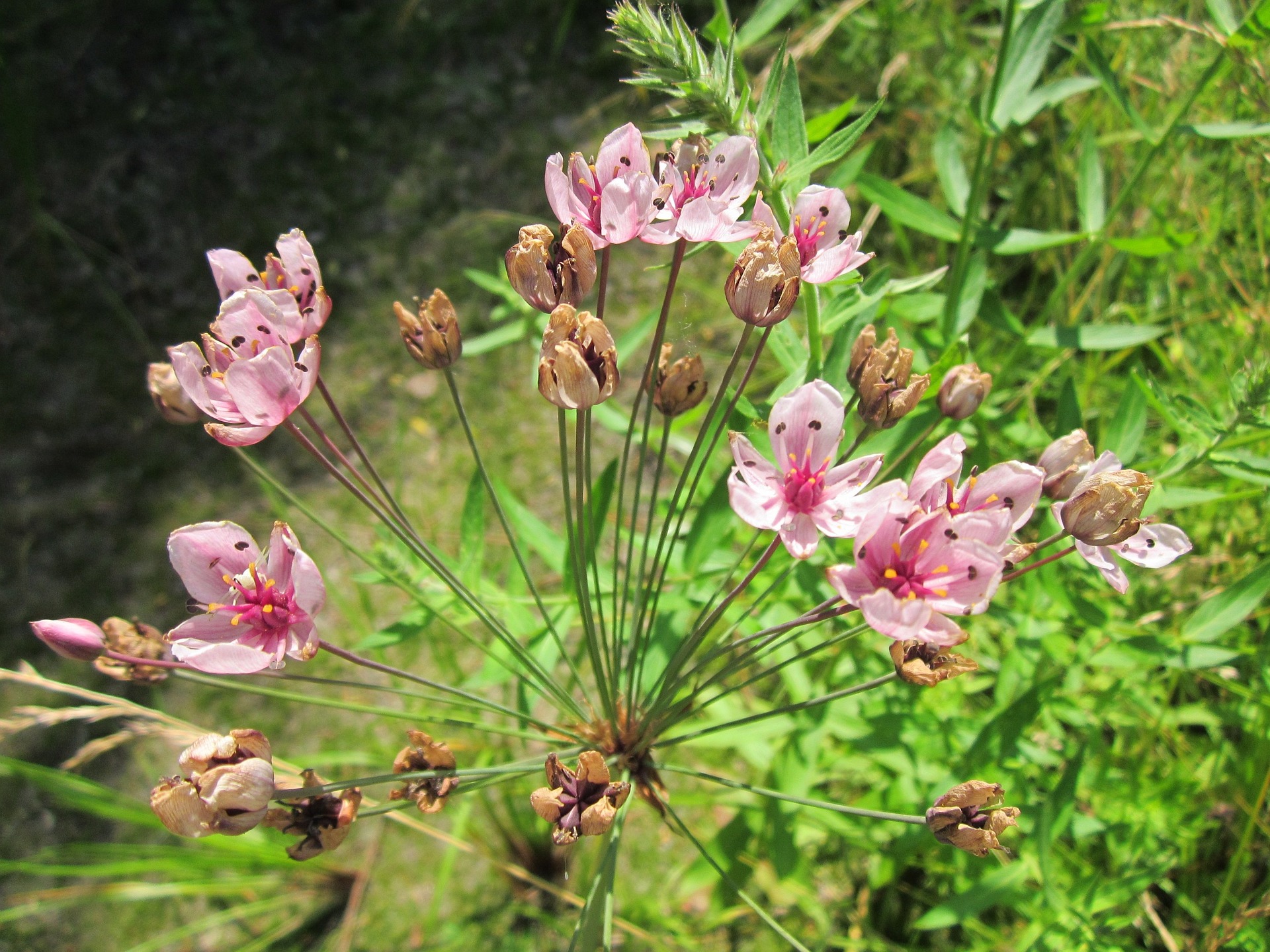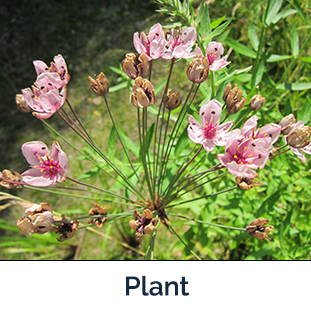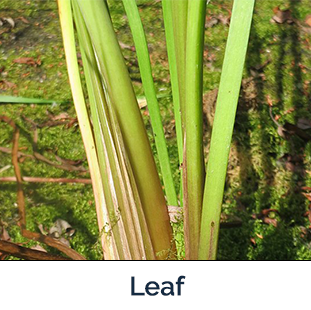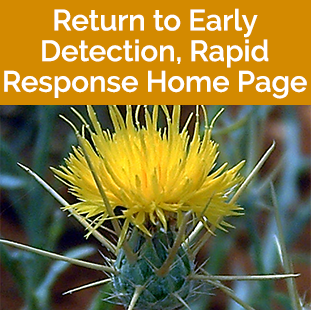Flowering Rush
(2A, common in isolated areas of Montana)
(Butomus umbellatus)
Quick ID
- Leaves are triangular in cross section, only the flowering stalks are round
- Leaves feel spongy and rebound when squeezed
- Leaves twisted at the tips where they are above water

Video Information
Weed Images




Weed Specifications
| Type | Information |
|---|---|
| Toxicity | Non-toxic |
| Best Management Practices |
The main priorities are prevention of spread and education, clean boats and other recreational equipment and dispose of plant material away from water bodies, herbicide and mechanical treatments are challenging and results are mixed, biocontrol research is ongoing *See additional documents below |
| Habitat | Lakes, canals, slow moving waters, irrigation ditches, wetlands |
| Root | Fleshy rhizomes |
| Leaves | Triangular in cross section and narrow, from shoreline to water ~10’ deep the leaves are upright and erect and can emerge from the surface, from ~10’ to ~20’ it typically spends its entire life cycle under water and the leaves are limp and flexible |
| Lifespan | Perennial |
| Similar Looking Plants | Flowering rush has triangular leaves, like a sedge, but native sedges are typically smaller, and flowering stems are round like rushes, but despite its name and leaf shape, flowering rush is neither a rush nor a sedge, it belongs to its own family, Butomaceae |
| Important Information | Regardless of the name, flowering rush in Montana is a sterile type that rarely blooms and only reproduces by rhizome, not by seed; rhizomes break off with just minor disturbances, and rhizome fragments are buoyant, allowing substantial dispersal over long distances; creates a closed water vegetative habitat instead of open water, favoring non-native fish instead of native trout, blocking flows in irrigation ditches, and reducing water recreation, including boating, fishing, and swimming, the latter due to forming conditions that support swimmer’s itch causing parasites; if it does flower, 20-50 light pink flowers grow in an umbrella-like cluster |

